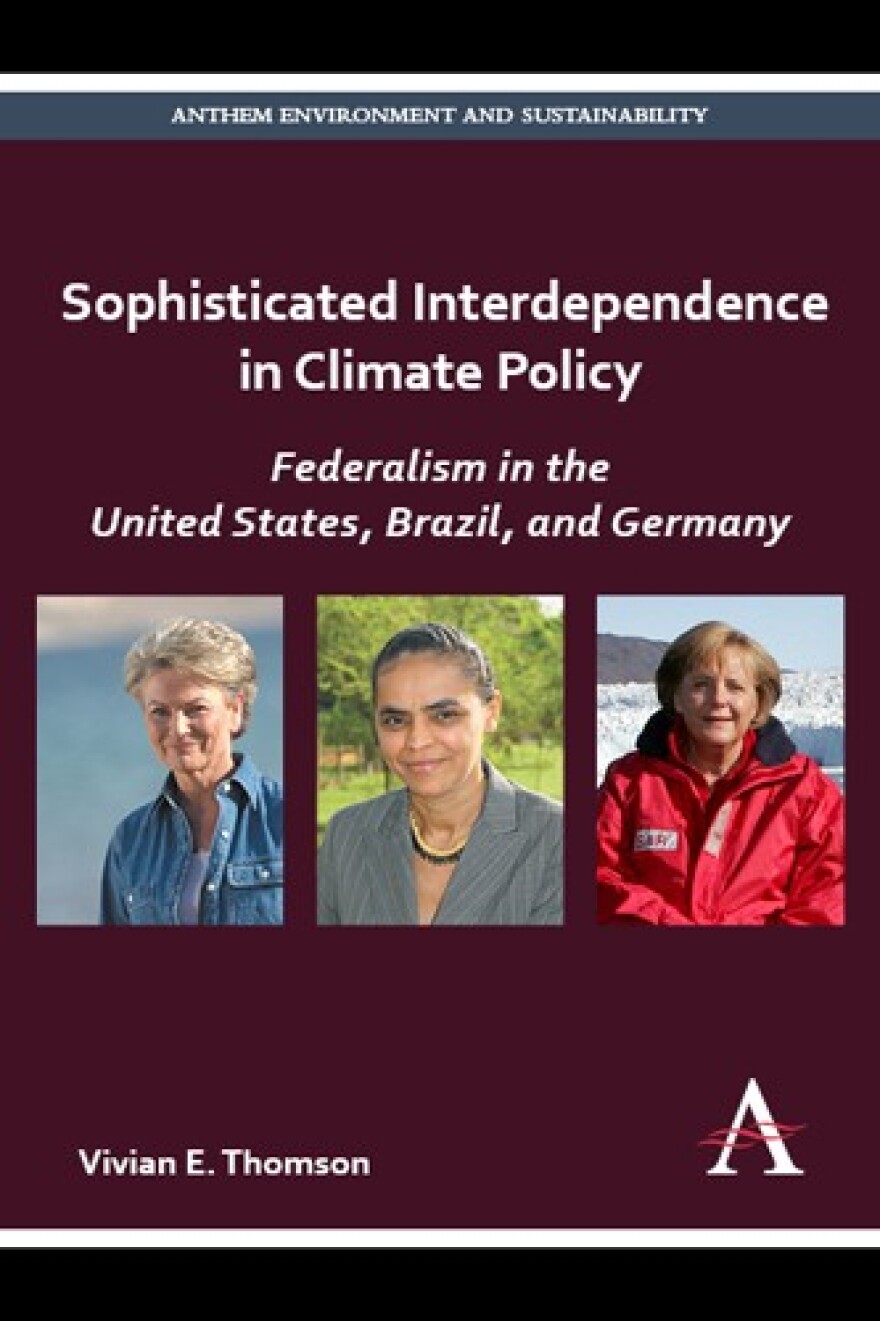Following dire new predictions about climate change, the Environmental Protection Agency is set to impose new limits on the nation’s power plants.
Some states already have aggressive policies to reduce the use of coal and other fossil fuels, while promoting wind, solar and other renewable sources of energy.
In a new book, University of Virginia Professor Vivian Thomson says there are lessons to be learned from those states.
Next month (June 2), the Environmental Protection Agency will announce a new partnership with the states, designed to regulate companies like Dominion and Appalachian Power. Utilities are the nation’s leading producers of greenhouse gases - emitting 40% of the carbon dioxide in our atmosphere, so experts say this is an important step in reducing the long-term risks of climate change.
At the University of Virginia Dr. Vivian Thomson has been looking at different states and countries - trying to figure out why some are more successful than others in promoting green energy. Virginia is one of three states she describes as passive - doing very little to combat climate change. One possible reason - our legislators are not professional lawmakers, and they don’t devote full time to studying complex subjects like climate change.
“The General Assembly meets for a very brief time, and it’s difficult for the legislators themselves to become experts in this arena. They’re not well staffed, so that means power flows outside the legislature.”
In other words, utilities that have teams of experts and plenty of campaign cash, can dominate the debate. Thomson says Virginia’s governors have provided little leadership in combating climate change, and there are political and economic factors holding this state back.
“A deep investment in fossil fuels with respect to electricity generation. A political culture that we call traditional and elite dominated.”
In her book Sophisticated Interdependence in Climate Policy Thomson argues it’s not a matter of partisan politics. California and New York, for example, are actively moving away from carbon-based fuels.
“Governor Schwarznegger in California, Governor Pataki in New York, those are both active states in part because of those Republican governors.”
She also looks at what’s happened in other countries and hopes the EPA can learn from them. Her colleague Virginia Parente is a Professor at the Institute for Energy and Environment at the University of São Paulo in Brazil.
“Eighty percent of our electricity comes from hydro-power plants, which makes the electricity mix very renewable. Besides that we have wind that’s growing fast, and also sugar cane bagasse.”
And, Thomson says, we should study Germany, where citizens who install solar panels can sell power back to the grid for a generous price.
“That has become a central part of Germans’ identification with renewable energy. I can make money, or at least I can make my money back. And if you look at states like Texas or Iowa in this country, exactly those same kinds of ideas are having tremendous success with respect to renewable energy investments.”
The EPA’s is expected to give states and utilities great latitude in how they achieve new goals, allowing them to limit use of coal, oil and gas, invest in solar, wind or hydro projects developed by others and help consumers reduce demand for electricity.



